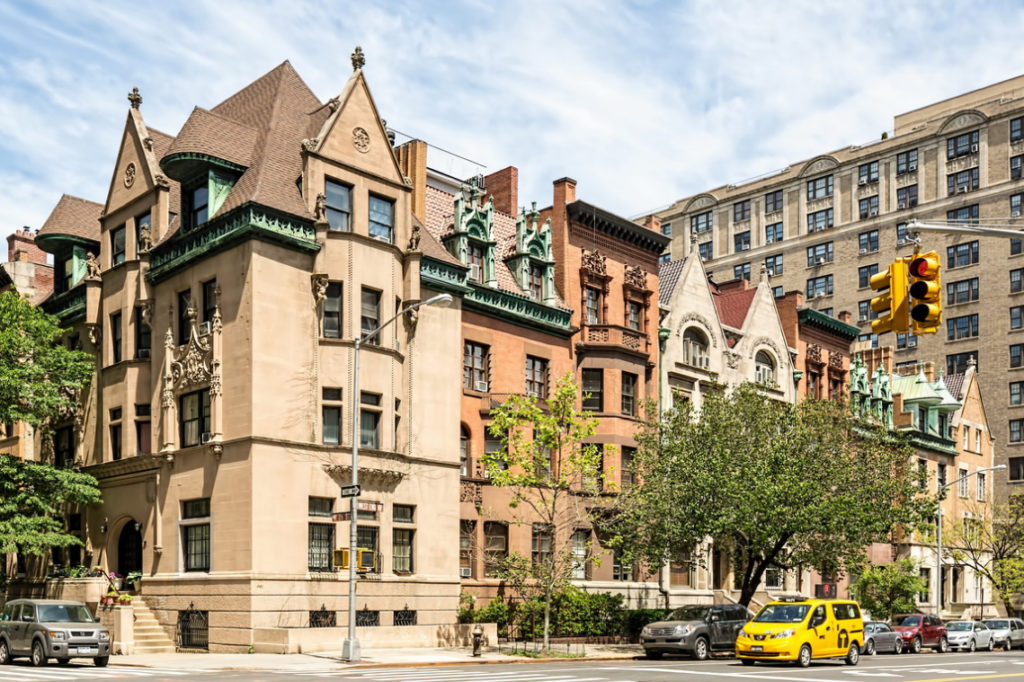
A message from Conservancy President Peg Breen…
What’s the first place you’ll visit when we can freely roam the City again? Our Conservancy colleagues, not surprisingly, would head for landmarks: The Metropolitan, Guggenheim, Frick, and Cloisters Museums. Woodlawn Cemetery. Belvedere Castle. The New York Public Library. Brooklyn Academy of Music.
One outlier wants to see the ocean. But the beach she selected does have an Art Deco bathhouse.
Until we can travel around the City, I am enjoying masked, socially distanced, walks in my Upper West Side neighborhood. I live in the West End-Collegiate Historic District, surrounded by other historic districts. Pick a block between West End Avenue and Riverside Drive and it’s an architectural treasure. The townhouses began to be built in the mid 1880s in neo-Grec, Romanesque Revival, Renaissance Revival, Queen Anne and Beaux Arts styles. I love spotting stained glass transoms, large pedimented doorways and foliage carved into the brownstone underside of bay windows.
West End Avenue is a wonderful walking street. The block between 76th and 77th, streets is the last intact example of the Avenue’s early townhouse development. The west side of the block is more elaborate with Gothic style copper window surrounds. Angels, lions and coats of arms highlight an elaborately decorated neo-Gothic limestone mansion. Heading north, rows of 12-story apartment buildings create a protective wall of elaborate cornices and terra cotta ornament. Noted architects including Emery Roth, Schwartz and Gross, and Rosario Candela designed them in the 1910s and 20s. Some townhouses remain, and some apartment building rise higher, but it all works as a cohesive piece for me.
The Upper West Side was rural until the townhouse development. The wealthy built country estates here starting in the early 1700’s to escape the City. The large Schwab House Apartments that take up the block from West End Avenue to Riverside Drive between West 73rd and 74th Streets replaced the huge Schwab mansion. The mansion replaced the Orphan Asylum that was built there to escape the cholera epidemic of 1834.
We’ll get through this pandemic as well. The layers of architectural times and styles help anchor us. They remind us that the City has come through difficult and scary times before. They are home.
